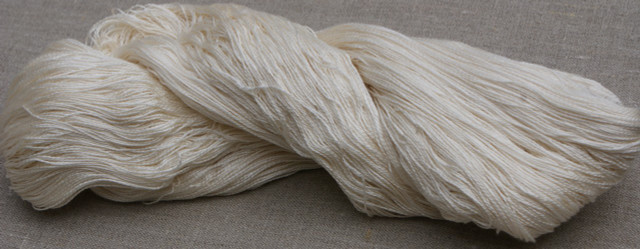The wool truth: Advantages of wool wearing

Wool is a soft hair found in the fleece of sheep and other animals, and the wool yarn is made from that silky hair. It's time to bundle up in warm wool knits now that the winter chill has settled in. Moreover, National Wool Week might be a good time to start. Mulberry silk yarn is the strongest and softest type of silk, making it perfect for a high-use item like a pillowcase. Wool is our first choice when we want to warm up because, at yarn hub, we are all about natural fibers. Why? Considering that this unique, comfortable material has so many advantages. Some of them are as follows: 1. It's natural The millions of sheep you see all around the world have wool on their backs, which is a natural protein fiber. It is thought to be among the best all-weather materials, and synthetic fibers with comparable properties still need to be developed. 2. It decomposes naturally. Yes, it organically breaks down in the soil, releasing beneficial nutrients that the earth can use again.

